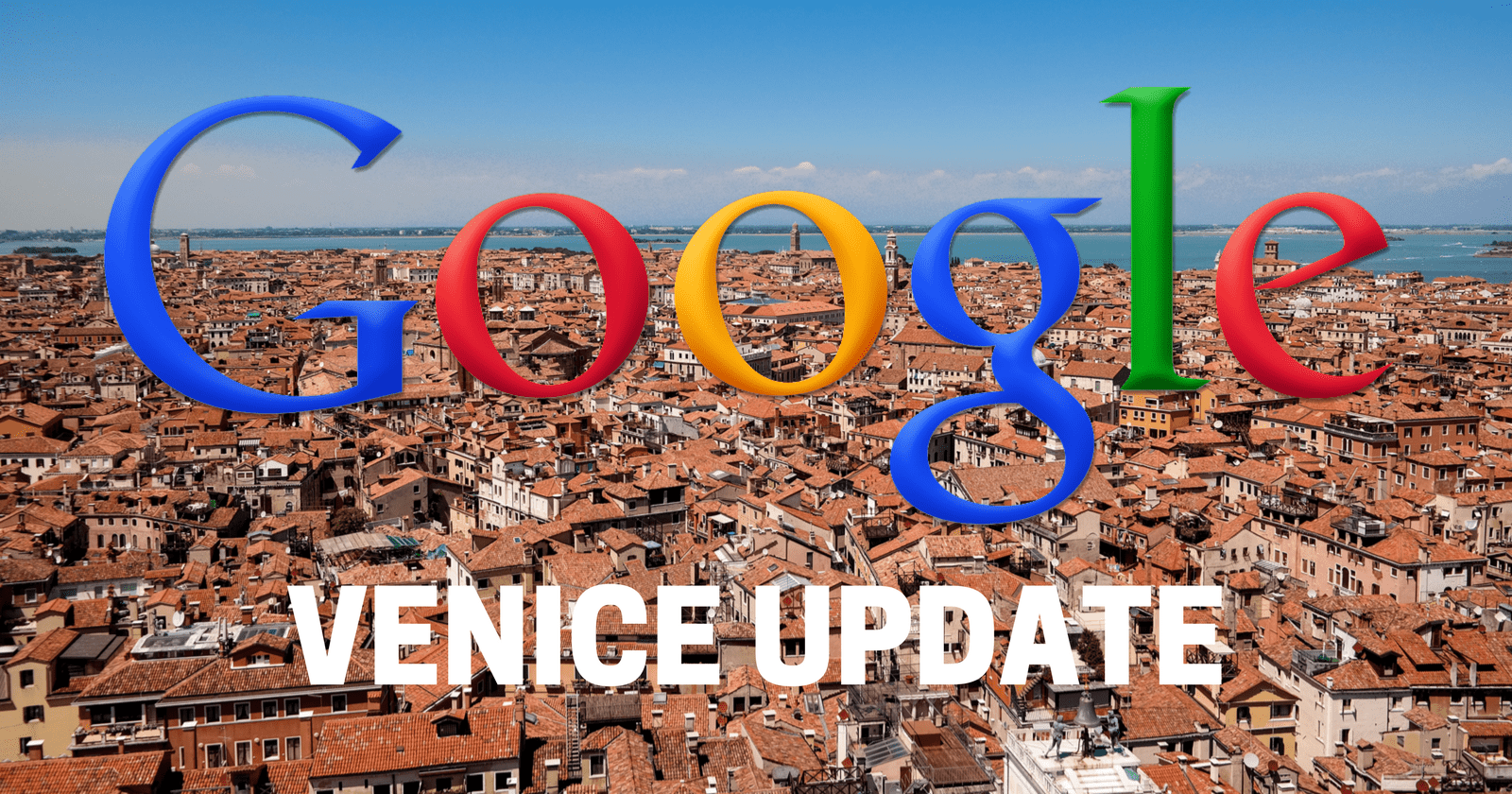The Venice Update aimed to provide more localized search results, especially for users looking for local businesses or services.
The goal of the Venice Update was to provide more relevant search results by taking into account the user’s location and search history. This update had a significant impact on websites, especially those that relied on local search traffic.
Websites that focused on local search optimization were able to take advantage of the Venice Update, while websites that neglected local optimization suffered in search rankings. Therefore, it was essential for website owners to ensure that their websites were optimized for local search.

To make sure a website fits the Venice Update, website owners need to focus on local search optimization. Here are a few tips for making sure your website fits the Venice Update:
Optimize for local keywords: Include local keywords in your website’s content, meta tags, and descriptions.
Claim your Google My Business listing: Make sure your business is listed and verified on Google My Business.
Get listed in local directories: Submit your website to local directories such as Yelp, Yellow Pages, and other relevant directories.
Use location-specific pages: Create location-specific pages for different areas you serve.
Use schema markup: Use schema markup to indicate your business’s location, phone number, and other relevant information.
The Venice Update was a significant change in Google’s search algorithm that aimed to provide more regoogle-updates/Venicelevant local search results for users. Website owners need to focus on local search optimization by including local keywords, claiming their Google My Business listing, getting listed in local directories, using location-specific pages, and using schema markup.